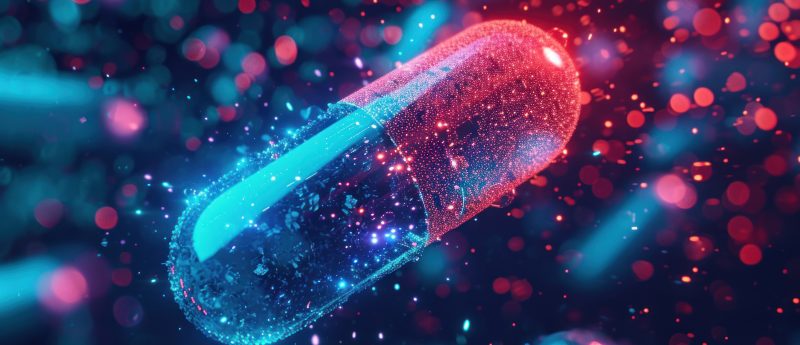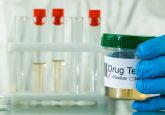Webinar Q&A follow up: ‘The ever-expanding role of HRMS in regulated bioanalysis: application to both small molecule and biopharmaceutical study support’

Thank you everyone who attended the live webinar: ‘The ever-expanding role of HRMS in regulated bioanalysis: application to both small molecule and biopharmaceutical study support‘. Below are responses to the questions posed during the live event that we did not have time to answer. We hope this is a useful resource and thank our webinar attendees and our speaker, Christopher A Evans (GlaxoSmithKline) for his time.
Q&A follow-up
1. Is the Example 2: Calibration curve quadradic for regulated bioanalysis?
While the simplest fit should be used if possible (linear), quadratic curve fits are acceptable provided their use can be justified.
2. For intact protein analysis, which software are you using for quantitative analysis of batch samples, including calibration curve, QCs and samples?
The instrument vendor software, MassLynx.
3. How would mass accuracy and its stability affect the selectivity and sensitivity of a method?
Clearly these parameters have a relationship; poor stability and accuracy would have a detrimental impact on the resulting method selectivity and sensitivity. The use of a ‘lock mass’ of a known exact mass is used to correct for any mass drifts in the spectra.
4. When performing the small-molecule quantitation, are you performing multiple reaction monitoring (MRM), and is the 0.02 Da window for both the precursor and the product?
Yes data was collected in MRM mode, however the quadrupole is operated in unit resolution, while the TOF was set to a resolution of 0.02 Da.
5. Do you use the 1st quadrupole of the QToF to filter background? Do HRMS analyses deteriorate in accuracy sooner than triple quadrupole?
The quadrupole is set to transfer the parent mass into the collision cell, therefore yes it filters the background. I would assume that if both a HRMS and triple quadrupole system are properly maintained, they should have the same usable lifetime as their original specifications.
6. Did the CRO have the same type of Q-TOF, i.e. the WATERS Synapt?
No, they used a HRMS system from a different instrument vendor, however both methods cross-validated perfectly.
7. At what resolution was the method performed? What was the precision of accurate mass measurement throughout the run? Does this need to be verified with HRMS instruments?
The instrument was operated in ‘sensitivity mode’. I am not sure of the resulting resolution of the mass spectra. The use of a ‘lock mass’ of a known exact mass is used to correct for any mass drifts in the spectra, therefore the precision of the mass measurement was not monitored (as it might be done for chemical composition analysis).
8. Do you have any other data with other Q-TOF? WATERS G2-XZ, Agilent 6245, SCIEX TripleTOF 5600?
We have generated a small amount of data on a Q-Exactive, although it was not presented. More will be generated in future experiments.
The webinar is available here – The ever-expanding role of HRMS in regulated bioanalysis: application to both small molecule and biopharmaceutical study support.






